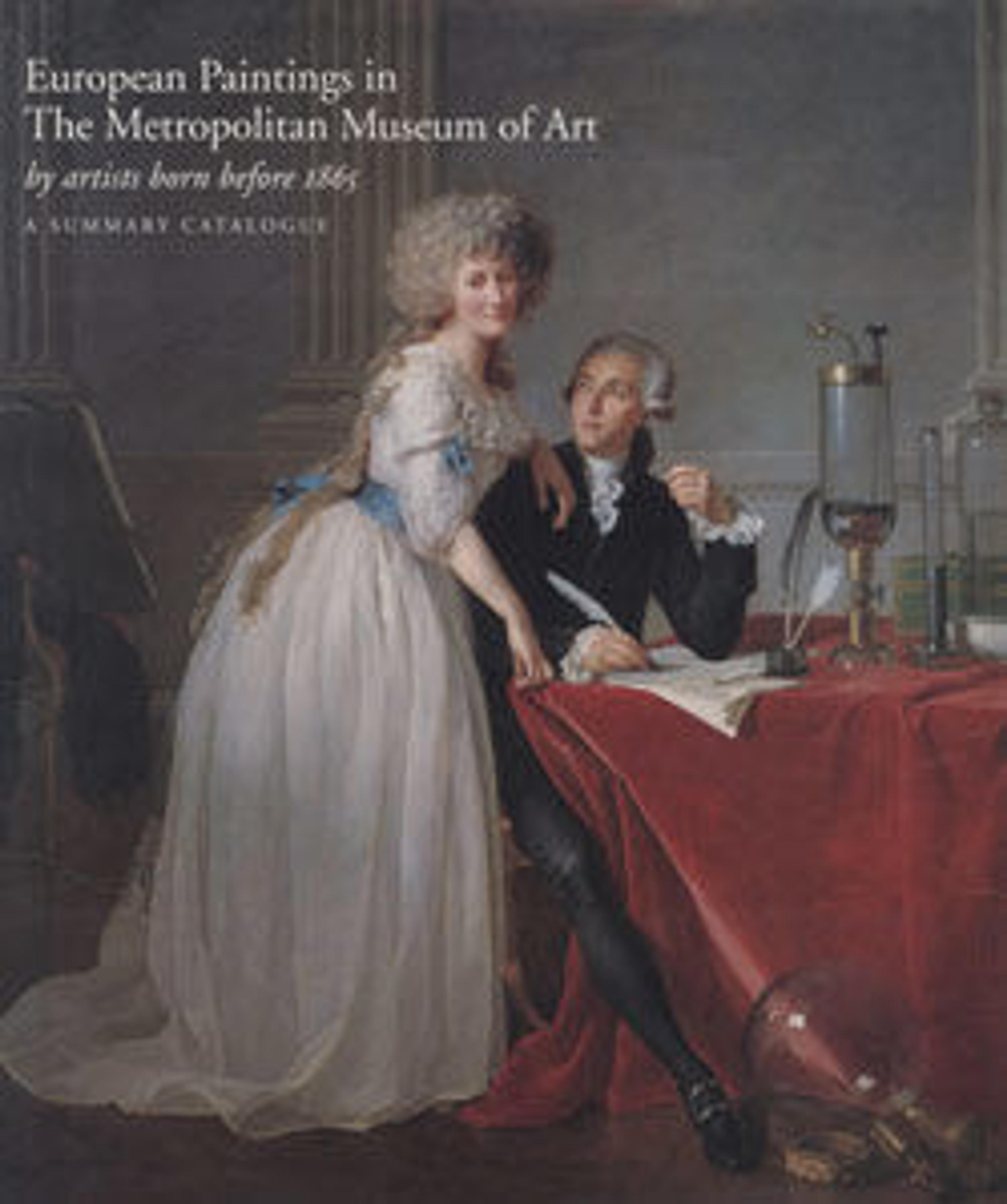Head of a Man
When purchased by the important collector Louisine Havemeyer (1855–1929), this portrait was praised by Edgar Degas (1834–1917) and Mary Cassatt (1844–1926) as a work by Diego Velázquez (1599–1660). Its broad, frank brushwork resonates with this artist’s early paintings. By the 1930s, however, this attribution was doubted and today the painting is generally thought to be by someone in Velázquez’s circle or the workshop of the battle painter José Leonardo (1601–1652). Regardless, at some point in its history it appears to have been cut from a larger canvas in order to try to create an independent portrait.
Artwork Details
- Title:Head of a Man
- Artist:Spanish (Castilian) Painter (mid-17th century or later)
- Medium:Oil on canvas
- Dimensions:14 x 10 3/4 in. (35.6 x 27.3 cm)
- Classification:Paintings
- Credit Line:H. O. Havemeyer Collection, Bequest of Mrs. H. O. Havemeyer, 1929
- Object Number:29.100.607
- Curatorial Department: European Paintings
More Artwork
Research Resources
The Met provides unparalleled resources for research and welcomes an international community of students and scholars. The Met's Open Access API is where creators and researchers can connect to the The Met collection. Open Access data and public domain images are available for unrestricted commercial and noncommercial use without permission or fee.
To request images under copyright and other restrictions, please use this Image Request form.
Feedback
We continue to research and examine historical and cultural context for objects in The Met collection. If you have comments or questions about this object record, please contact us using the form below. The Museum looks forward to receiving your comments.
